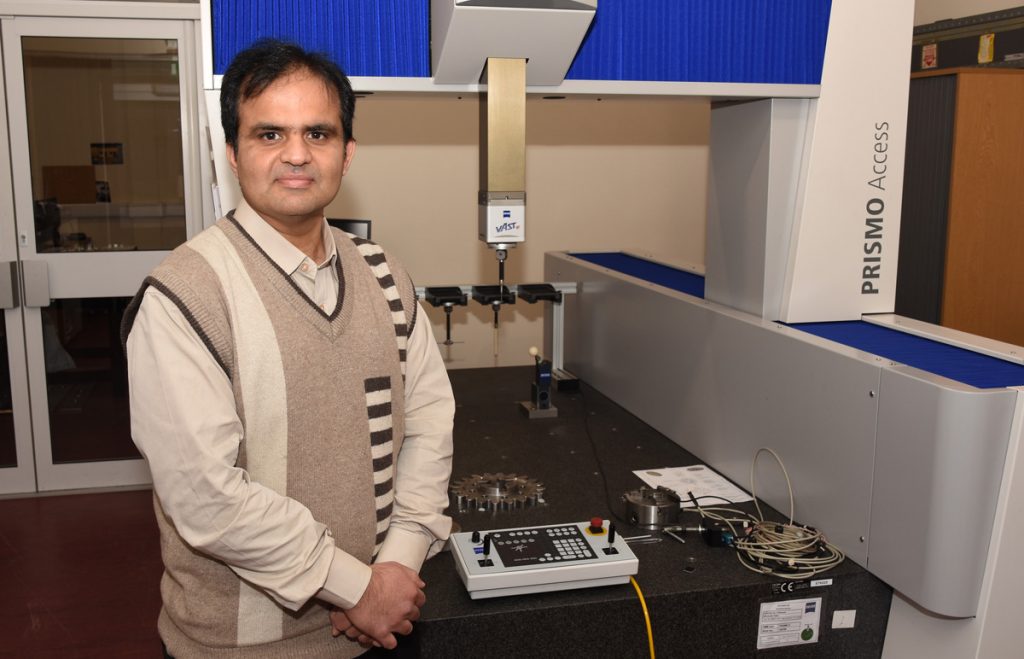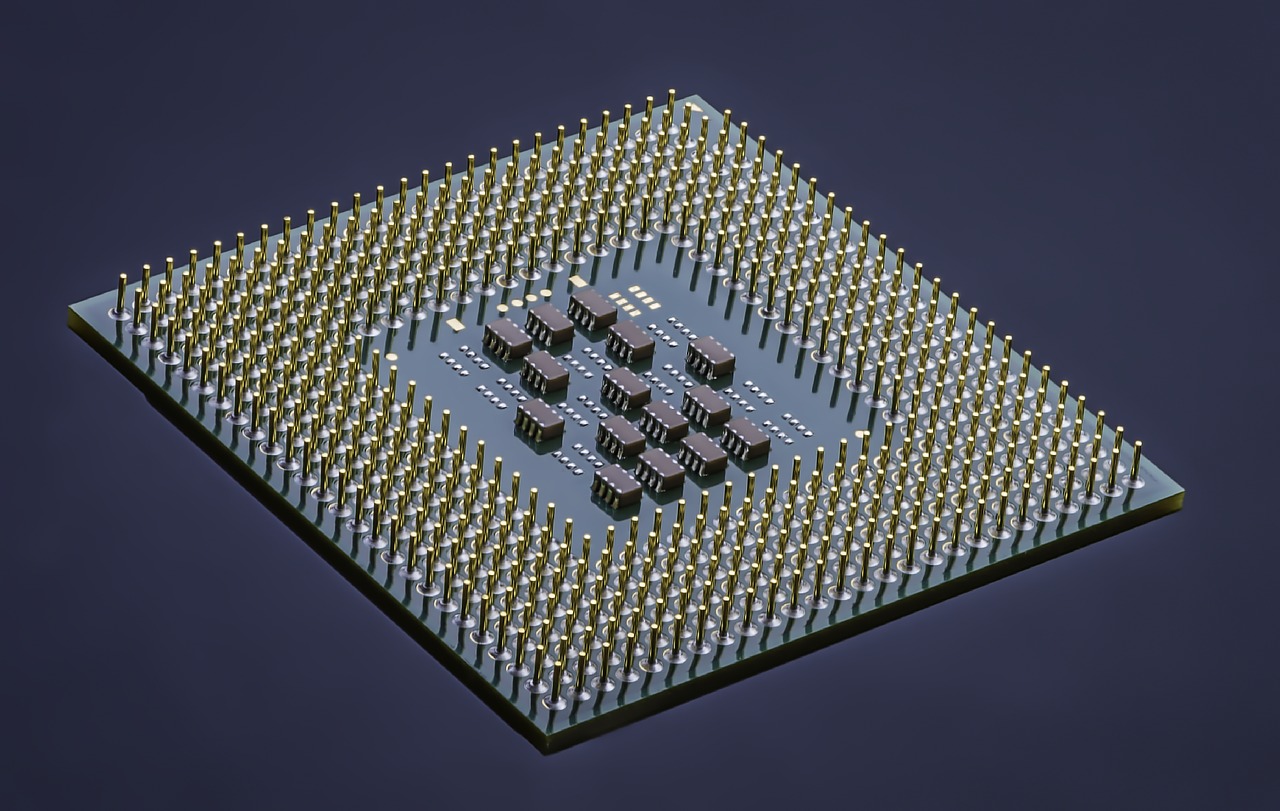University of Huddersfield (Queensgate, Huddersfield, UK) scientists have developed a new technique that could improve the productivity and efficiency in engineering by reducing the time-lag between the manufacture of components and checking their precision on a Coordinate Measuring Machine (CMM).
To ensure complete accuracy, CMMs are housed in a strictly temperature-controlled environment. But manufacturing processes often lead to big increases or decreases in the temperature of components. Until the components have stabilized, they can’t be checked.
Engineers call this “temperature soaking,” and often wait as long as 24 hours for stabilization, just to be on the safe side. This can cause a log jam in production, with costly CMMs standing idle.
A research project headed by Dr. Naeem Mian at the University of Huddersfield’s School of Computing and Engineering provides engineering firms with a technique for calculating how long it takes for a component’s temperature to be stabilized so that it can safely be measured by a CMM. The findings show that wait times may be much lower than generally expected.

Mian and his team carried out various experiments with a heated venturi – a component used in the oil and gas industry – and discovered that time required for temperature soaking, so that it could be placed on a CMM, was as low as 7.6 minutes.
Mian set out to discover the Thermal Contact Conductance (TCC) values of the components he was testing and used Finite Element Analysis (FEA) to validate his findings and to simulate workplace conditions.
In addition to his experiments with the venturi, he also conducted tests using a heated aluminum plate placed on to a granite block, the same substance used in CMM test beds, embedded with sensors.
We did those experiments to establish the heat transfer rate from the aluminum plate to the granite,” Mian explained.
He predicts his findings will have special relevance to oil and gas, automotive, aeronautic, marine “and other industries where manufacturing and measurement in bulk take place.”

